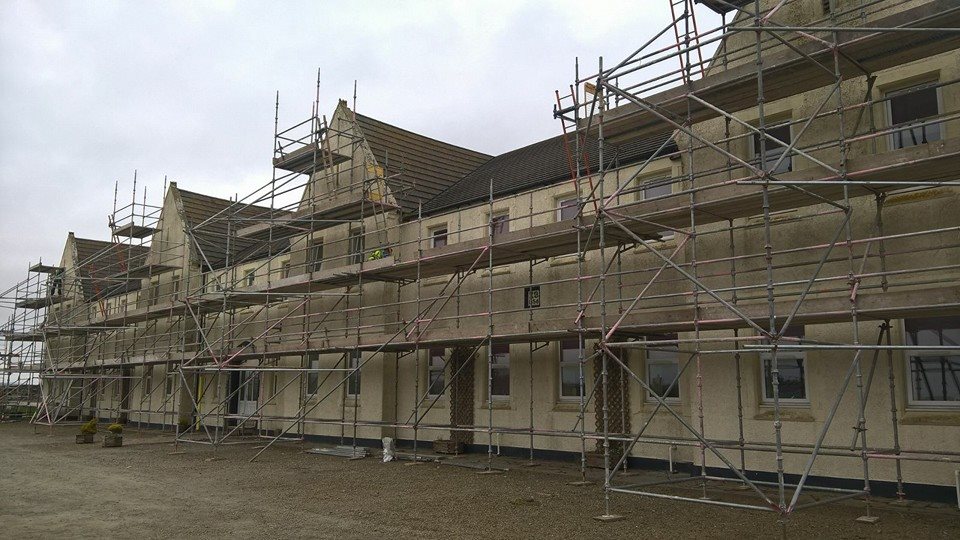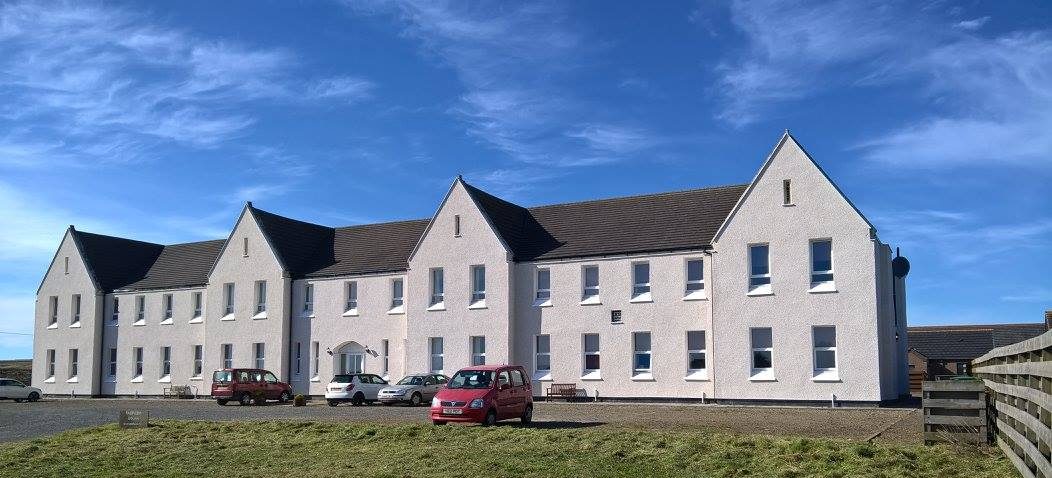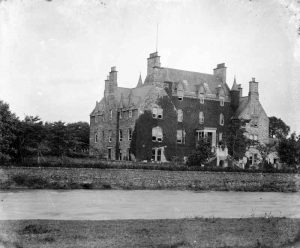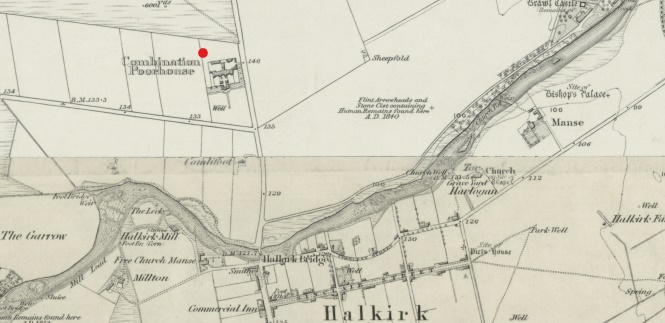At first glance, Fairview House on the outskirts of Halkirk looks like a fairly contemporary building. The comprehensive refurbishment programme undertaken over the last decade masks the historic significance of the building, which now provides a fine collection of affordable, comfortable residential flats. However, the walls remain steeped in history from a period when general poverty in the area was steadily increasing as a result of a declining fishing industry and ongoing potato crop failures. Oatmeal replaced the staple diet of potatoes but the rising cost, brought about by greedy landowners taking advantage of higher prices in the south, meant it was often too expensive even for those lucky enough to be working.
Built in the 1850s, Fairview is a substantial size of property and was purpose built to provide home to the increasing number of families being forced into poverty. Known as Thurso Combination Poorhouse, it covered eight parishes across the region. It’s interesting to note that these poorhouses were often larger than demand warranted, never reaching full capacity … in fact, by the early 1900s there were only a dozen or so residents despite the building being able to cater for 149. Despite that, about 70 poorhouses were built across Scotland between 1845 and the early 20th Century.
The more recent name of ‘Fairview’ suggests a bright cheerful environment far removed from the surroundings we think of associated within a ‘poorhouse’! Most of the poorhouses across the country were built to the same architectural design – no extravagance, just a simple, practical lay-out to best manage the strict daily routine expected to be overseen by the governor – discipline was priority. The regime, diet and conditions were certainly austere, but from Accounts Books and Punishment Records which survive, it is interesting to note that supplies of a variety of medicines, milk, bread, herring and even snuff, tobacco and alcohol from local shops were far from scarce! I’d like to think that Halkirk inmates had a better time than most …
By the 1920s, a change in legislation governing poorhouses led to some buildings being requisitioned as hospitals, while many were just abandoned as they were too costly to run. There were only 4 people recorded as staying at the poorhouse in Halkirk in 1904, by which time the parish began renting a small property to help out those most in need. Over 150 years later, Fairview House is once again playing its part in the community by providing an ideal residential base in the area.



